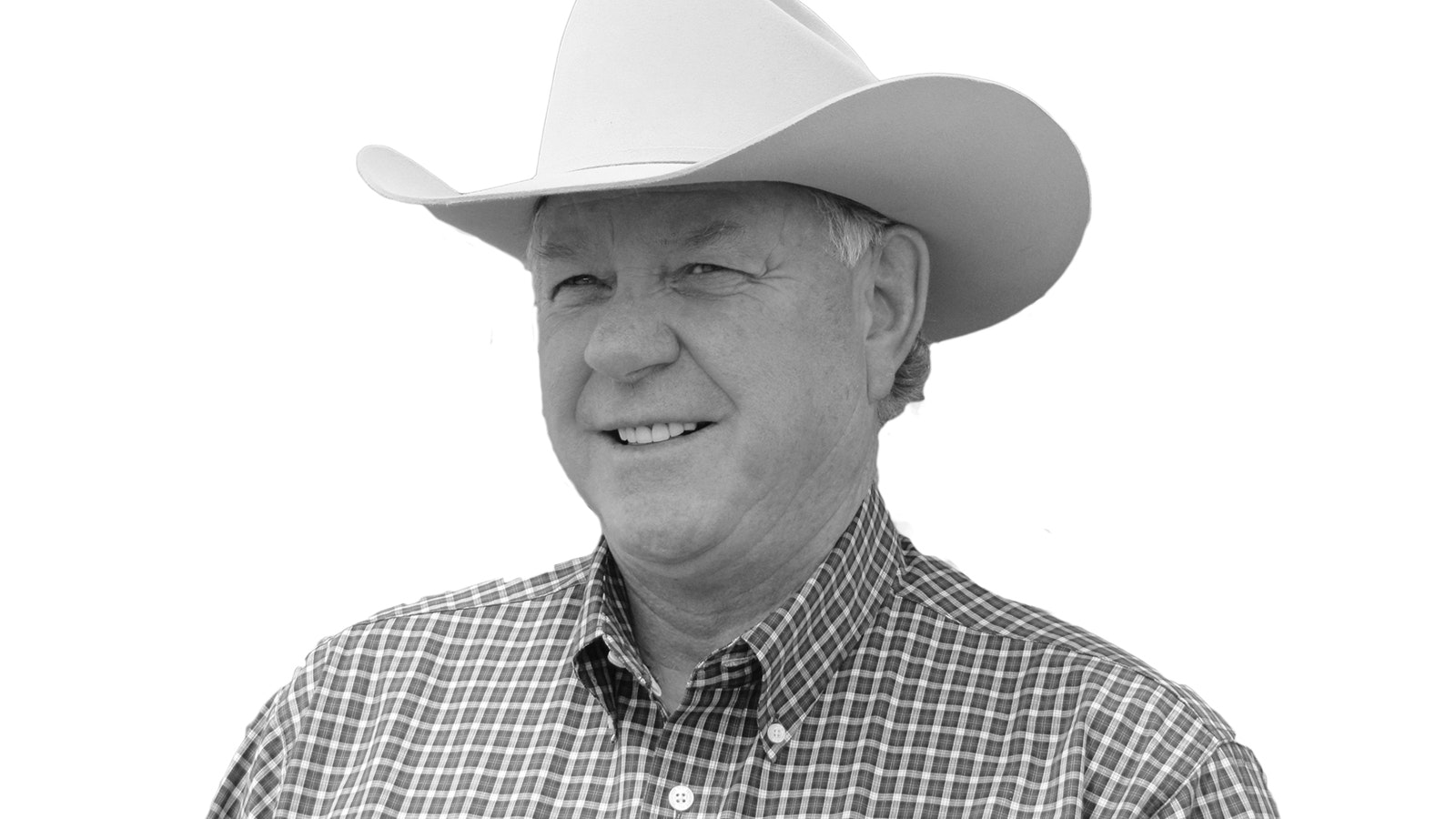As cattle markets look bullish, most producers are starting to grow concerned for their cattle’s condition with the winter we’re having. The last few months have certainly been a wakeup call for everyone on the extreme conditions a hard winter can bring.
As we did in the 1970s-80s, we’ll make it through to welcome spring and leave this winter behind us. Every day lived is one less day of winter.
The cattle forecast predicts prices and profitability will favor cattle producers in 2023. This is great news, and to top it off, we’ve also been hearing the three-year drought in the northern Great Plains may be coming to an end.
There is already adequate snowpack in the mountains for irrigating water this summer. I just wish the snowpack in the lower country would ease up a little.
I’m hearing La Niña has only a 14 percent probability of existence this spring, and this percentage will drop further by summer.
A neutral phase will take control of the pattern as the drought weakens and may last several months before giving El Niño a chance to grow later this summer.
The latest U.S. Department of Agriculture (USDA) Cattle Inventory report came out at the end of January and showed revised beef cow numbers dropping to the lowest since 1962. Beef cow replacements were down 318,000 from last year. This tells us beef cow numbers will not rebound quickly.
While the Northern Plains drought is predicted to ease this spring or early summer, it may not in states east and south of Wyoming, which will further extend the low numbers of cattle.
A report from of the University of Missouri said the current drought in Kansas, Oklahoma, Nebraska, Montana, North Dakota and South Dakota caused these six states to lose more beef cows than the rest of the country combined.
Cattlefax reports, “Tighter cattle inventories reported by USDA confirm several more years of smaller calf crops and tighter cattle numbers ahead. The cattle cycle is a slow ship to turn.”
Expanding cattle numbers on the average ranch takes so much money each year. It is a balancing act to pay the bills and retain heifers.
While higher-priced cattle will help producers through this situation, it will take more than one year to get back to where they were, and higher-priced cattle may actually end up hurting them if they want to buy cattle to get their herd numbers up. Higher interest rates will not help either.
There have been a large number of heifers sent to feedlots in the last two years, and the calf supply has really dropped.
CattleFax said, “Total cattle on feed supplies were down 537,000 head to 14.2 million. The inventory of feeder cattle and calves residing outside of feedyards was down 724,000 to 25.3 million, the smallest since 2015.”
Unless they just won the lottery, I don’t imagine anyone wanting to expand cattle numbers this month due to the horrific winter we’ve been having.
Now through the first of June will be an interesting time for the cattle business. Some decisions – both easy and hard – are going to have to be made.
However, as we move out of a drought and cattle numbers rise, along with the predicted drop in input prices, I hope these decisions will be easier.





